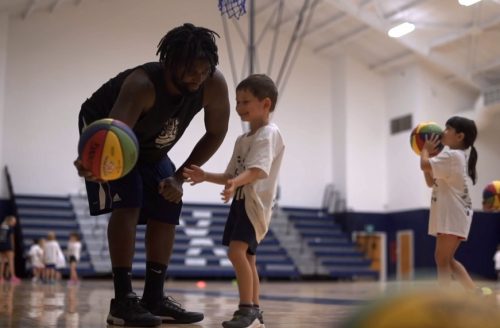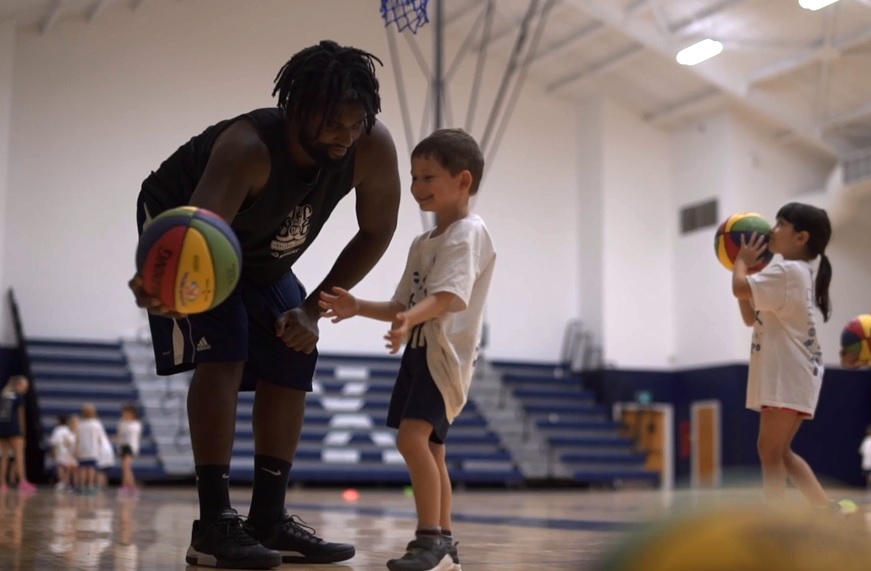Nova Scotia multisport model mobilized
 Scheduling conflicts shouldn’t determine which sports a kid gets to play. Physical literacy professionals believe it’s better if children are exposed to as many different activities and sports as possible, giving them an opportunity to decide for themselves the ones they want to play longer term. That’s why the Nova Scotia town of Antigonish decided they needed to overhaul their approach to sport programming and embrace a multisport model.
Scheduling conflicts shouldn’t determine which sports a kid gets to play. Physical literacy professionals believe it’s better if children are exposed to as many different activities and sports as possible, giving them an opportunity to decide for themselves the ones they want to play longer term. That’s why the Nova Scotia town of Antigonish decided they needed to overhaul their approach to sport programming and embrace a multisport model.
“What we were seeing was a lot of conflicts, where the scheduling was preventing kids from taking part in sports they would otherwise be interested in,” said Stephanie Spencer, community sport lead for Sport Nova Scotia.
“On top of that parents had to navigate this complex system where they had to go to multiple websites, compare multiple schedules and pay multiple fees if they wanted to enroll their child in more than one sport. We were promoting the benefits of multisport participation for children and youth but we recognized it was very difficult to actually be a multisport participant, especially at young ages, and we knew we had to do something to address that.”
Spencer enrolled in Sport for Life’s Leaders School to create a project that would expose more kids to an array of sports at a young age. The result was a 9-month program for elementary school students that would see them participating in 10 different sports in a variety of locations: the pool, the ice rink, the gym, outside. It has now proven so popular that it’s been mobilized to 11 other communities in the province. These programs have used the same process and framework that was developed Antigonish but have adapted it to the resources and assets that are specific to their community, which was key in supporting the success of scaling the model across the province.
“We were very specific that we wanted to focus on the a positive quality first sport experience. The children are introduced to each sport and then they do it for three to four weeks, twice a week. Each sport runs through the Active Start model of participation and is aligned to age-stage appropriate development,” she said.
“We were very specific that we wanted to focus on the first sport experience. The children are introduced to each sport and then they do it for three to four weeks, twice a week. Each sport runs through the Active Start model of participation.”
They ultimately teamed up with St. Francis Xavier University to assess their progress, and found the kids had developed stronger object control and locomotor skills. They were pleased to find an increase in parent awareness of physical literacy concepts, which Spencer considers a crucial part of developing a custom-designed sport pathway for kids.
This program is the beginning, but it’s not the end. Spencer is hard at work continuing to develop relationships and encourage collaborations between various sport organizations. Having organizations on the same page around ‘athlete-first development’ should allow for more opportunities for multisport participation, and at the same time, provide strong pathways for both recreational and competitive sport development at the community level. And once that’s established in their one community, ideally it will catch on elsewhere too.
“A shared framework creates a starting point to look at community sport development in a different way. It’s often difficult to make the jump from doing things the way we have always been doing them to doing something new, but increased capacity through supports and resources make it a lot easier to get the ball rolling,” she said.
“And while it can be messy at times, it’s also a fun challenge to work together, striving to continuously improve the sport experience for children and youth, and their families. When communities share a common goal, the opportunities to positively affect quality sport development together are endless.”

